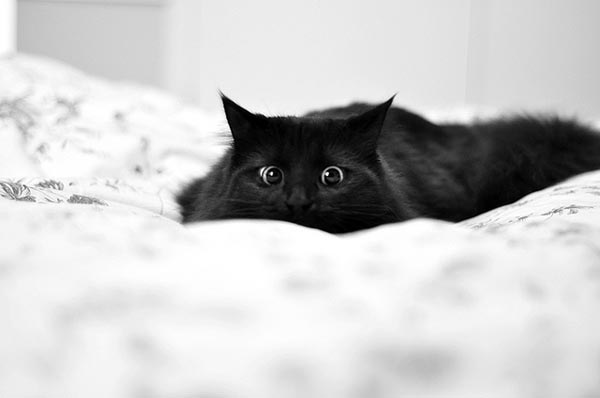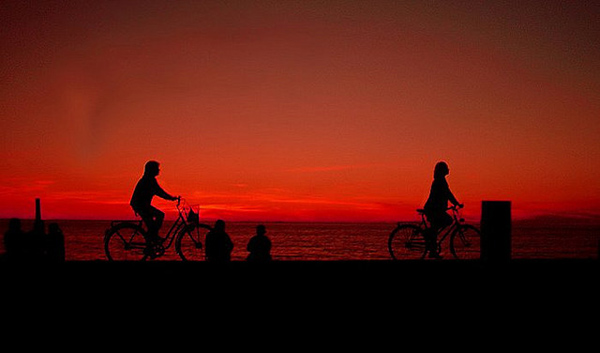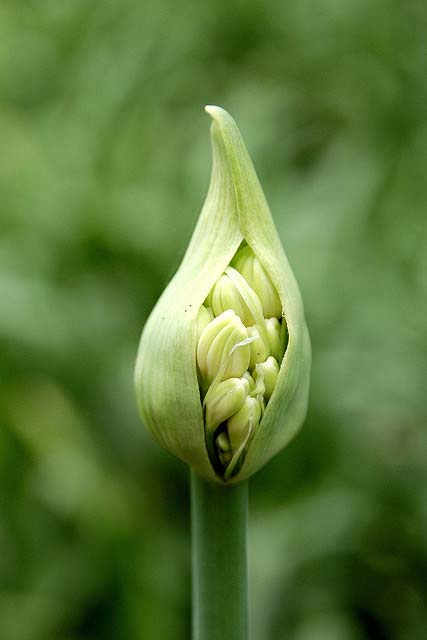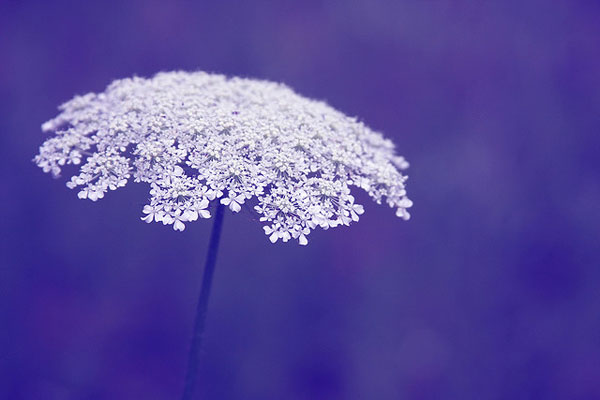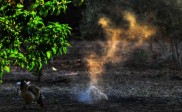Using the Monochromatic Style to Create Stunning Photos
All black and white photographs can be called “monochromatic” but not all monochrome photos are black and white. In photography, the term “monochrome” means an image having just one color. This can be black, white, and shades of gray in between. It can also be one solid color, or varying shades of the same color. Black or white can be added in the shot and these usually serve to accentuate or separate the subject from the rest of the visual elements.
The Allure of Black and White Photos
Black and white photos have always had that classic appeal, as they are stripped of color which makes one focus more closely on the subject and all the details, such as textures, shapes, and patterns. Black and white shots are enormously popular in monochromatic photography.
Monochrome and Silhouettes
Silhouette shots and the monochrome style go extremely well together as the subject can be in dark silhouette and set against a background of varying shades of color. If artfully composed, the subject becomes highlighted by the background without the color being a distraction.
Naturally Monochrome
When creating monochromatic photos, you can shoot your subject as they are found or arranged, or you can turn the shot into having a monochrome effect in post-processing. With this nature shot below, the green flower bud is in front of some leaves, which become an ideal green blurry backdrop with the use of a shallow depth of field.
Add Black or White in Colored Monochrome Shots
Photos that make use of one color with the addition of black can have a different impact compared to if it were one color plus white. Black can effectively add great contrast such as with this photo:
If you are looking to add contrast, try to experiment with the shades of color in relation to the black or white. Lighter shades paired with black will make the black areas stand out more, while dark shades and black will have less dramatic contrast.
You can also create soft, muted photos by mixing shades of the same color with white. However, you can still present great contrast by making the colored areas more vibrant or dark and separating them from the white areas.
White or Black as Subject
White or black can be used in many ways in a monochromatic photo. They are often used as a background for a colored subject, but they can also represent the subject while the color remains in the background, as with this delicate photo of a Queen Anne’s Lace flower:
Mood and Monochromatic Style
One strong effect of the monochromatic style is its ability to evoke emotion by depicting a certain mood or atmosphere. Photos that have a single dominant color can be quick to trigger an emotional response from the viewer. Certain colors can make us feel happy, sad, peaceful, or even angry. For instance, blue seems to have a calming effect while red can provoke passion. The presence of a dominant color plus the composition of the subject can be combined to provide a powerful visual impact.
Sepia and Post-Processing
Printed black and white photos age over the years and can turn sepia in color, giving it a vintage and nostalgic aura. This effect can also be imitated in photo editing. With the wonders of digital technology, any colored or black and white photo can be quickly turned into a monochrome shot that has a dominant color (sepia or any other color) in the entire image frame.
The secret to editing photos and giving them the monochrome look is to know when to hold back. Some photos may just not be attractive in this style while others may have that overly edited look in terms of color choice and saturation.

